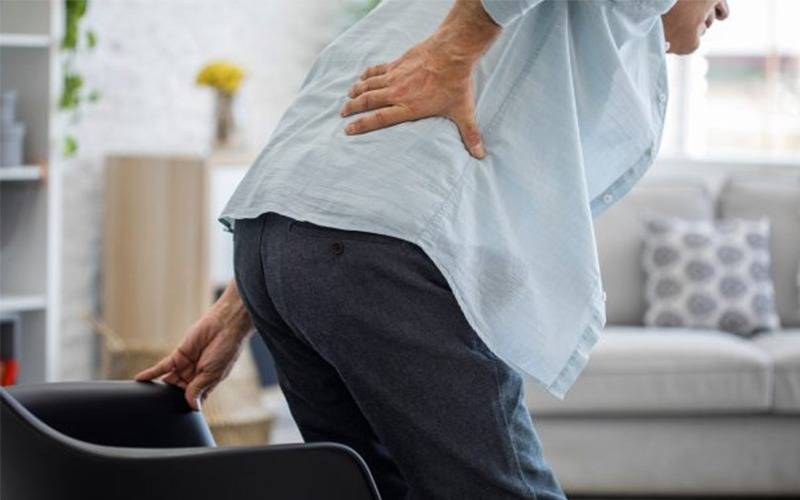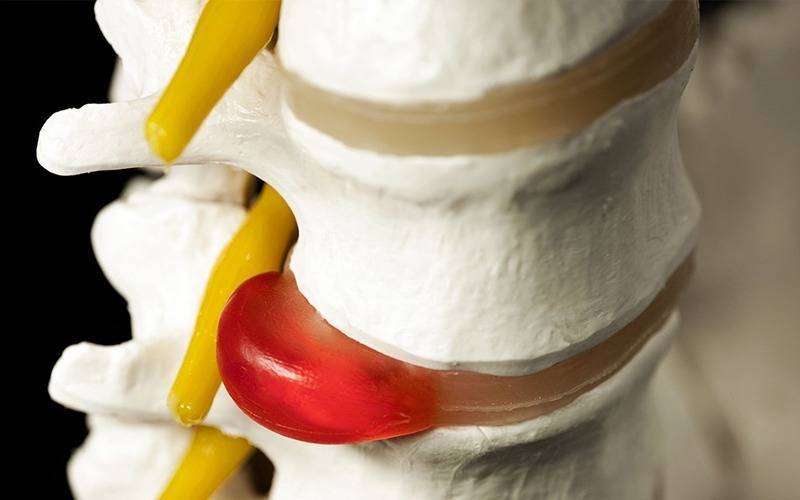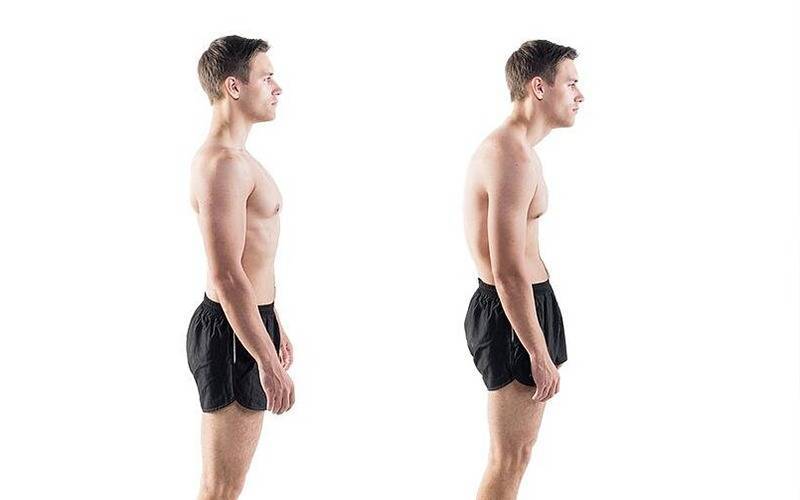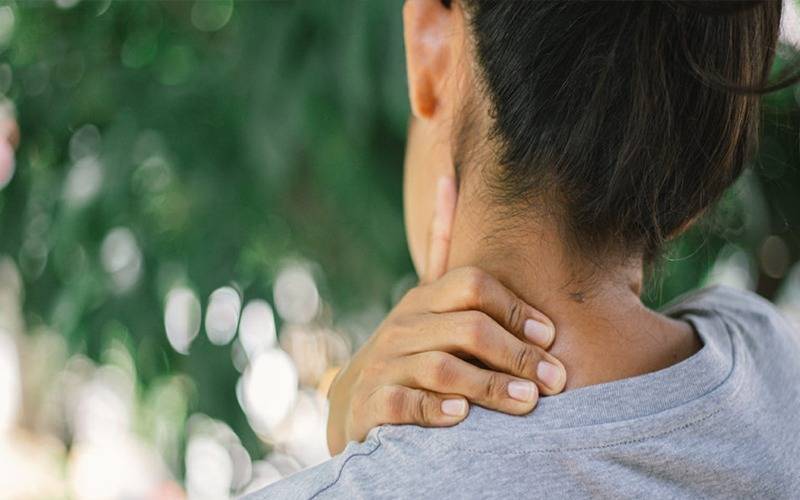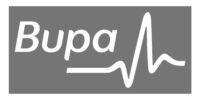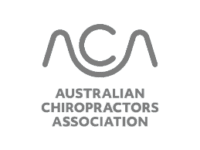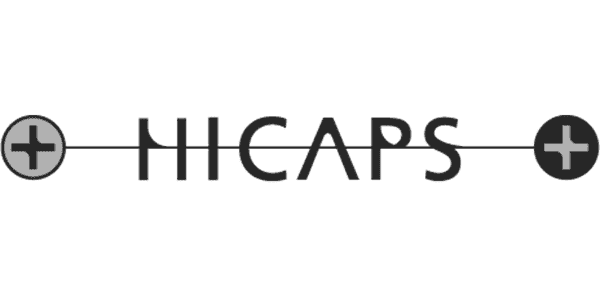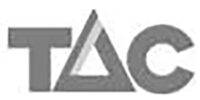
GENERAL INFORMATION, SIGNS & SYMPTOMS, CHIROPRACTIC AND SELF MANAGEMENT OF
Shoulder Tendinitis/Tendinosis
The shoulder is arguably the most dynamic joint in the body meaning that muscles are consistently contracting to move or stabilise the shoulder as it is put through its motion. No muscle is more important for coordinated movement more than another but the rotator cuff shoulder muscles play an important part in stabilisation and movement of the shoulder. These four muscles are located deep within the shoulder joint and are constantly contracting with all shoulder movement and are often susceptible to acute repetitive and chronic strain (tendinitis & tendinosis)
Terminology
A tendon is a structure that attaches muscle to bone. Tendinitis is acute inflammation as a result of a larger scale damage of the tendon. Tendinosis refers to chronic degeneration of a tendon over a period of time (the tendon fails to heal properly during a normal healing period). Bursa are small fluid filled sacs (little water-balloon like structures) that rest in between tendons (or between tendon and bone) and act as buffers to friction. Bursitis occurs when the bursa (balloon) gets irritated and becomes inflamed. Tendonitis, Tendinosis or Bursitis can occur independently or may occur together in an area.
Causes
- Tendon and bursa injuries are most commonly caused by repetitive strain and/or by excessive load due to poor posture during movement (altered biomechanics).
- Damage can also be cause by direct trauma.
- Some arthritic conditions (e.g. Rheumatoid Arthritis) can also be implicated
Signs & Symptoms
- Pain can be constant or with certain shoulder movements.
- There may be shoulder weakness with certain movements.
- Pain can be more prominent at night and can wake you at night
- Pain can refer/travel down the arm or into the chest or back.
Therapies
- This injury can have a high rate of recurrence so it is important to establish the cause of the injury through a careful history and examination.
- Your chiropractor will examine the positioning of your shoulder and assess that it is moving with good biomechanics in relation to the rest of the body.
- Therapy will be aimed at:
- Reducing muscular tension associated with pain and inflammation through direct and indirect techniques to the tendon
- Correcting any shoulder movement/biomechanical abnormalities through therapies and education.
Management
- A course Pain Relief and Anti-Inflammatory medication may be of benefit with consultation of your doctor or pharmacist.
- Ice in the initial 24-48hrs of onset.
- Specific gentle shoulder movement exercises in the first 7-10 days (your chiropractor may prescribe those relevant to your needs).
- Once pain has settled you will be prescribed stretching and strengthening exercises with an aim to restoring your shoulder to its pre-injury state and make it stronger with an aim to prevent recurrence.
- You will also be educated on lifestyle and ergonomical factors that maybe contributing to the tendon damage.
- You may also be referred to a specialist for imaging (Ultrasound, MRI, X-Ray) if required.




